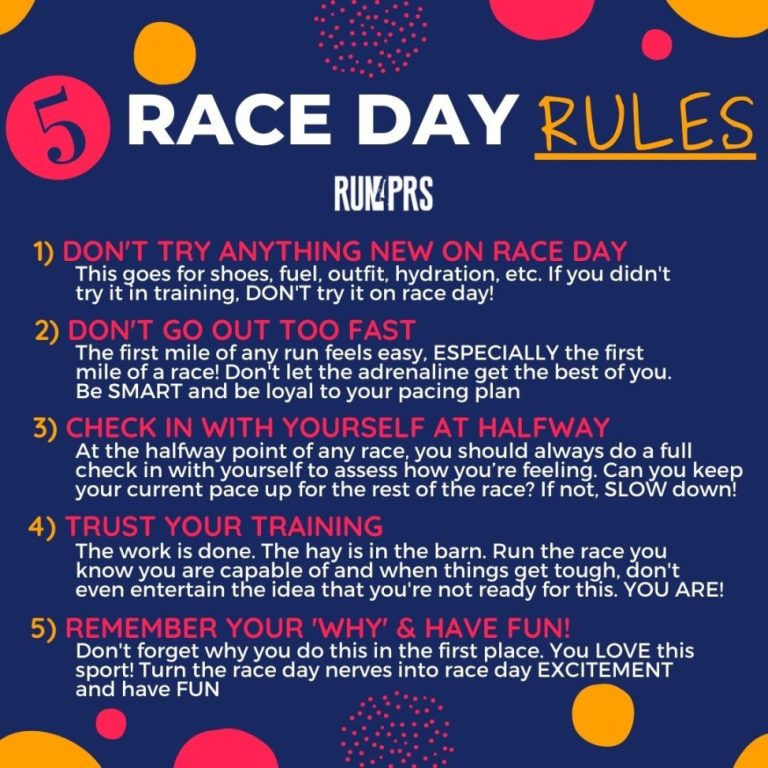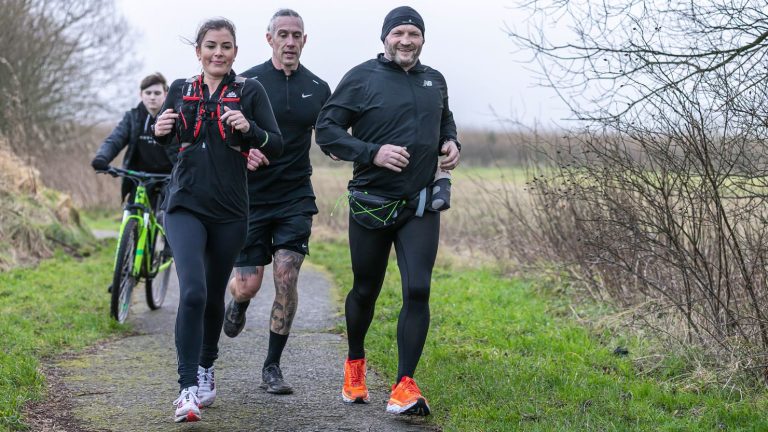Daniels’ Running Formula by Jack Daniels – Book Summary
Daniels’ Running Formula by Jack Daniels is one of the most trusted training guides for runners of all levels. Based on scientific principles and real-world coaching, it offers a structured system for improving endurance, speed, and race performance. Daniels, a world-renowned exercise physiologist and coach, distills decades of research into practical advice for smarter and safer running.
Who May Benefit from the Book
- Beginners looking to build a solid foundation for long-distance running
- Intermediate runners aiming to improve race performance
- Coaches designing training programs for various distances
- Competitive athletes preparing for 5Ks to marathons
- Injured runners returning to training with a smarter approach
Top 3 Key Insights
- Easy runs form the aerobic base and should comprise about 80% of training.
- The VDOT system helps determine optimal training paces and personalizes workouts.
- Training must target specific physiological systems—like VO₂ max, lactate threshold, and running economy—for peak results.
4 More Lessons and Takeaways
- Include workout variety. Easy runs, long runs, intervals, repetitions, and tempo runs serve different physiological purposes. Mixing them balances training and keeps it engaging.
- Increase mileage carefully. Runners should gradually add volume, allowing the body to adapt without increasing injury risk. Follow the “2-hour rule” and maintain new levels for 3 weeks before increasing again.
- Train for your race type. Each distance—800m, 5K, marathon—requires unique workouts. Terrain and conditions like hills or altitude also require specific preparations.
- Recovery is as important as training. Overtraining leads to fatigue and poor results. Rest days, sleep, and nutrition ensure proper adaptation and injury prevention.
The Book in 1 Sentence
A science-based running guide that helps runners train smarter using structured workouts, periodized plans, and personalized pacing through the VDOT system.
The Book Summary in 1 Minute
Jack Daniels presents a methodical approach to distance running, emphasizing the importance of easy aerobic runs and physiologically targeted workouts. His VDOT system personalizes training paces based on current fitness and race performances. The book breaks down how to train for different distances, adapt to conditions, prevent injury, and develop mental toughness. Daniels also stresses recovery, nutrition, and gear selection for consistent long-term success. With structured training phases, this book offers a roadmap to smarter, more effective running.
The Book Summary in 7 Minutes
Jack Daniels begins with a core belief: every runner, regardless of experience, can improve with the right combination of science and consistency. Daniels’ Running Formula builds its foundation on structured workouts, individual pacing, and long-term planning.
The Importance of Easy Running
Daniels emphasizes building an aerobic base. About 80% of weekly mileage should be easy runs. This type of running increases blood flow, strengthens the heart, and enhances oxygen delivery. Beginners should stick to easy running for their first 4–6 weeks. Even advanced runners revisit this phase early in a training cycle.
Easy running:
| Benefit | Outcome |
|---|---|
| Strengthens heart | Better circulation |
| Improves fat metabolism | Longer endurance |
| Reduces injury risk | Sustainable progress |
Training for Specific Physiological Systems
Not all running is the same. Different workouts target different bodily systems:
| Workout Type | System Targeted |
|---|---|
| Easy Runs | Aerobic base, fat oxidation |
| Threshold Runs | Lactate threshold |
| Intervals | VO₂ max improvement |
| Repetitions | Speed, neuromuscular economy |
By aligning workouts with physiological goals, runners train smarter. This balance ensures complete development without overtraining.
Using the VDOT System
VDOT is Daniels’ innovation for personalizing training. It reflects a runner’s fitness and predicts optimal paces for every workout.
How to use VDOT:
- Find your recent race time (e.g., 5K or 10K)
- Look it up in the VDOT chart
- Use the suggested paces for various workouts
This system removes guesswork and allows progressive overload as fitness improves.
Variety in Workouts Prevents Plateaus
Each workout type has a role in a runner’s development:
- Easy Runs: Maintain aerobic base
- Long Runs: Train fat utilization and mental endurance
- Tempo Runs: Improve lactate clearance
- Cruise Intervals: Build stamina
- VO₂ Max Intervals: Boost maximum oxygen use
- Repetitions: Enhance speed and running economy
- Fartlek Runs: Add mental variety
- Hill Workouts: Build strength
Rotating these workouts avoids boredom and targets all performance areas.
Smart Mileage Progression
Daniels warns against sudden spikes in mileage. His guidelines:
- Increase weekly mileage only every 3 weeks
- Add no more than 1 mile per running day per week
- Cap weekly increases at 10 miles
- Avoid runs longer than 2 hours
- Start with repetition work before adding intervals
Slow, steady growth prevents burnout and injuries.
Adapting to Race Distances and Terrain
Each race demands specific training:
| Race Distance | Focus |
|---|---|
| 800m–1500m | High-speed, lower mileage |
| 5K–10K | Balanced endurance and speed |
| Marathon | High mileage, marathon pacing |
Environmental adjustments:
- Hills: Train on inclines to build strength
- Trails: Practice on uneven terrain
- Heat: Acclimate slowly and hydrate well
- Altitude: Allow time to adapt and adjust pace
Train under similar race conditions to prepare mentally and physically.
Mental Preparation and Race Strategy
Daniels notes that mental readiness shapes race outcomes. Techniques include:
- Visualization of key moments
- Positive self-talk
- Realistic pacing goals
- Practicing discomfort tolerance
- Rehearsing race strategy in training
His rule: Run with your head for the first two-thirds of the race, and with your heart for the final third.
The Role of Recovery
Workouts break you down. Recovery builds you up. Daniels outlines recovery essentials:
- Rest days (1–2 weekly)
- Light runs after hard sessions
- Sleep: Aim for 7–9 hours
- Nutrition: Protein and carbs for muscle repair
- Listen to your body
Recovery is where improvements happen. Skipping it leads to stagnation or injury.
Optimizing Nutrition, Hydration, and Gear
Training is just part of the equation. The rest:
- Nutrition: Carbs fuel effort; protein repairs muscles
- Hydration: Practice fluid intake during training
- Gear: Find shoes that match your gait and terrain
Nothing new should be introduced on race day. Test everything during training.
Periodization for Peak Performance
Daniels divides training into four phases:
- Foundation: Build aerobic base
- Early Quality: Add speed gradually
- Transition Quality: Focus on race-specific workouts
- Final Quality: Taper for racing
Each phase lasts 4–6 weeks. Rest weeks help prevent overtraining. Tailor durations based on your race calendar.
About the Author
Jack Daniels is a former Olympic medalist in the modern pentathlon and one of the most respected figures in endurance sports. With a Ph.D. in exercise physiology, Daniels coached numerous elite athletes, including Olympians and NCAA champions. He developed the VDOT system, now widely used for personalized run training. Known for combining science with practical coaching, Daniels helped redefine how runners approach training.
How to Get the Best of the Book
Start by identifying your race goals and current fitness level. Use the VDOT system to find your training paces. Follow the recommended workout types and gradually increase mileage. Track recovery and avoid rushing. Apply lessons consistently across training cycles.
Conclusion
Daniels’ Running Formula is more than a training plan. It’s a blueprint for running success built on science, structure, and sustainability. Whether training for your first 5K or aiming for a marathon PR, Daniels’ principles guide every step with clarity and purpose.




